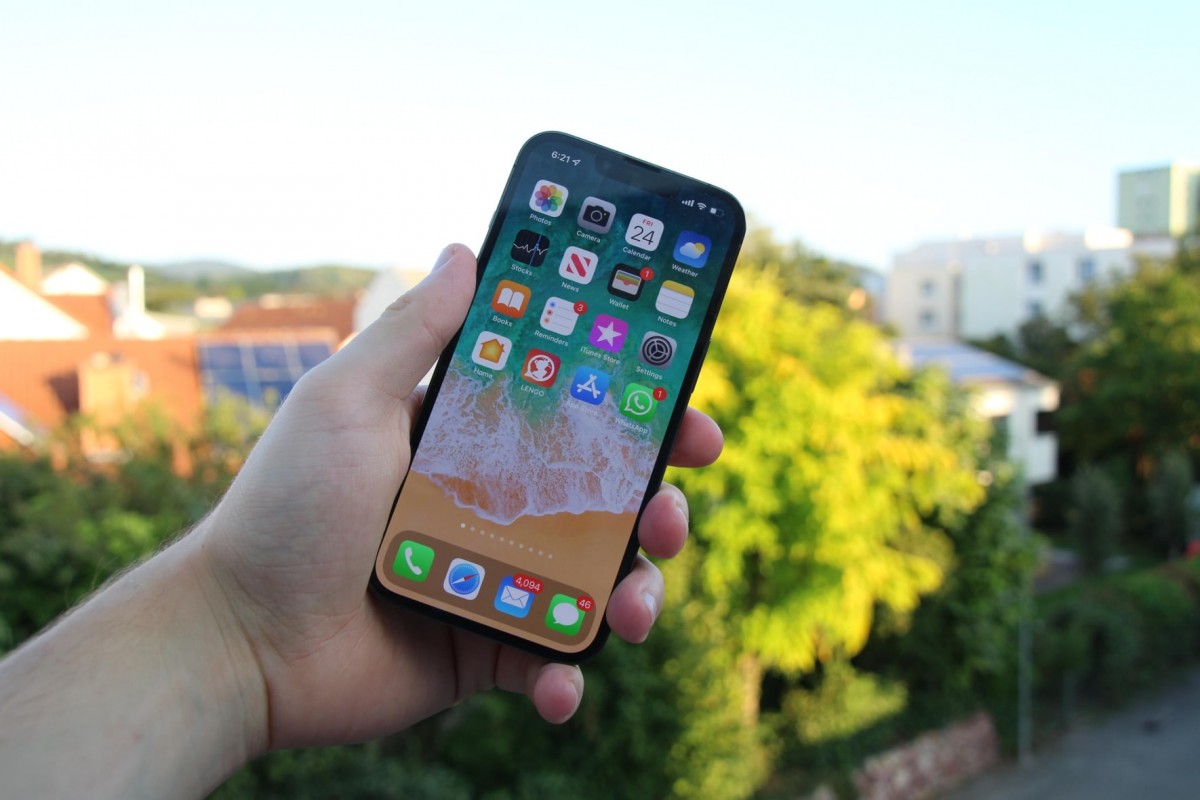Android has been a very open operating system for a while. This gives users deep device access, leading to somewhat weaker security than what you would find on Apple devices. However, Android 12 aims to change that.
Android 12 ships with a feature called privacy dashboard. It gives users more control over their privacy by providing a detailed look at all the apps that might have asked for GPS, microphone, or camera access during a specific time period. Thus, making it easy to find suspicious apps and revoke their sensor access to stop them from tracking you.
![How to Get Android 12's Privacy Dashboard on Any Android Device [Step-By-Step Guide] 1 Android 12 Privacy Dashboard](https://www.mobigyaan.com/wp-content/uploads/2022/07/Android-12-Privacy-Dashboard.png)
That said, although this feature, like many others, is only available on Android 12, there’s still a way to enable it on your older Android smartphone. Here’s how to allow it to:
Step 1: Download Privacy Dashboard App
First and foremost, we will be downloading a free app from the Play Store that goes by the same name as detailed below:
- Open Google Play Store and search for Privacy Dashboard. Now tap on the first search result.
- Now tap on install to download the app and install it onto your Android smartphone.
- Once installed, tap on open to open the app and then refer to Step 2 mentioned below in the next segment.
Step 2: Setup Privacy Dashboard App on Your Android Phone
Now that you have installed the open-source Privacy Dashboard App on your Android smartphone, here’s how to set it up:
- When you open the new app for the first time, you will be greeted with a screen that looks like the first image. Tap on allow access to give Privacy Dashboard location Access.
- After giving location access to the Privacy dashboard, tap on Open Settings to enable it in Accessibility Settings.
- In the settings page that appears, look for the option that says Privacy Dashboard and tap on it. Now look for the Use Privacy Dashboard toggle and turn it on,
Step 3: Using Privacy Dashboard App on Your Android Phone
Once you have completed the steps listed above, you will see a circular doughnut chart on the home page representing the camera, microphone, and location usage over the past 24 hours.
You can tap on the Location, Camera, or Microphone options below the chart to view the respective timelines and usage history. Suppose you find a suspicious app tracking you via GPS or eavesdropping on your conversations via the microphone. In that case, you can revoke its access by tapping the managing permissions button, which is present just below the timeline.
Last but not least, you can go to the app’s Settings page to enable privacy indicators. It functions like the privacy indicators found on any Android 12 device, giving you a little green indicator whenever an app accesses your phone’s GPS, camera, or microphone.

![How to Get Android 12's Privacy Dashboard on Any Android Device [Step-By-Step Guide] 2 How to Get Android 12s Privacy Dashboard on Any Android Device 4](https://www.mobigyaan.com/wp-content/uploads/2022/07/How-to-Get-Android-12s-Privacy-Dashboard-on-Any-Android-Device_4.jpeg)
![How to Get Android 12's Privacy Dashboard on Any Android Device [Step-By-Step Guide] 3 How to Get Android 12s Privacy Dashboard on Any Android Device 2](https://www.mobigyaan.com/wp-content/uploads/2022/07/How-to-Get-Android-12s-Privacy-Dashboard-on-Any-Android-Device_2.jpeg)
![How to Get Android 12's Privacy Dashboard on Any Android Device [Step-By-Step Guide] 4 How to Get Android 12s Privacy Dashboard on Any Android Device 6](https://www.mobigyaan.com/wp-content/uploads/2022/07/How-to-Get-Android-12s-Privacy-Dashboard-on-Any-Android-Device_6.jpeg)
![How to Get Android 12's Privacy Dashboard on Any Android Device [Step-By-Step Guide] 5 How to Get Android 12s Privacy Dashboard on Any Android Device 7](https://www.mobigyaan.com/wp-content/uploads/2022/07/How-to-Get-Android-12s-Privacy-Dashboard-on-Any-Android-Device_7.jpeg)
![How to Get Android 12's Privacy Dashboard on Any Android Device [Step-By-Step Guide] 6 How to Get Android 12s Privacy Dashboard on Any Android Device 8](https://www.mobigyaan.com/wp-content/uploads/2022/07/How-to-Get-Android-12s-Privacy-Dashboard-on-Any-Android-Device_8.jpeg)
![How to Get Android 12's Privacy Dashboard on Any Android Device [Step-By-Step Guide] 7 How to Get Android 12s Privacy Dashboard on Any Android Device 9](https://www.mobigyaan.com/wp-content/uploads/2022/07/How-to-Get-Android-12s-Privacy-Dashboard-on-Any-Android-Device_9.jpeg)
![How to Get Android 12's Privacy Dashboard on Any Android Device [Step-By-Step Guide] 8 bc37dae0 1611 4121 91c9 361f656cc0d9](https://www.mobigyaan.com/wp-content/uploads/2022/07/bc37dae0-1611-4121-91c9-361f656cc0d9.jpg)
![How to Get Android 12's Privacy Dashboard on Any Android Device [Step-By-Step Guide] 9 How to Get Android 12s Privacy Dashboard on Any Android Device 10](https://www.mobigyaan.com/wp-content/uploads/2022/07/How-to-Get-Android-12s-Privacy-Dashboard-on-Any-Android-Device_10.jpg)
![How to Get Android 12's Privacy Dashboard on Any Android Device [Step-By-Step Guide] 10 How to Get Android 12s Privacy Dashboard on Any Android Device 11](https://www.mobigyaan.com/wp-content/uploads/2022/07/How-to-Get-Android-12s-Privacy-Dashboard-on-Any-Android-Device_11.jpg)
![How to Get Android 12's Privacy Dashboard on Any Android Device [Step-By-Step Guide] 11 How to Get Android 12s Privacy Dashboard on Any Android Device 12](https://www.mobigyaan.com/wp-content/uploads/2022/07/How-to-Get-Android-12s-Privacy-Dashboard-on-Any-Android-Device_12.jpg)
